Top 10 Produce Substitutions
I often find myself thinking that I could make a particular dish, if only I had that one critical missing ingredient! Some things absolutely cannot be swapped out. Most baking recipes come to mind. Are you out of yeast? No such luck. Avocados? Also seem incredibly crucial in most recipes. You're certainly not making guacamole with anything else! Perhaps mangos? But that is the point of this article! Quick and easy produce substitutions for when you're out off an ingredient and don't want to go grocery shopping.
There are a plethora of ingredients that are not critically necessary and can quickly and easily be swapped out depending on what you have. I do this all of the time when cooking. It's part of the reason that I don't always give precisely exact measurements and instruct you to mix and match to personal taste or what you have on hand.
This may sound vague and overly foodie to the casual cook. But, a lot of things in cooking aren't that precise. And I oftentimes find myself throwing something in going, "Meh... that looks like it works!"
There are also times when certain produce isn't available, difficult to find outside of specialty stores, or out of season.
For a more in-depth explanation of how and why I do this, I have outlined my favorite produce substitutions and tips and tricks for in food swaps.
Any Like Pepper, Tomato, Radish, & Other Type of Produce
Before I begin with the top 10 produce substitutions, I feel his almost goes without saying. But I do I may have to say it because I absolutely do know people who run out to 5 different grocery stores trying to find the exact right type of produce! But you can substitute like-produce with like-produce.
If you don't have the exact type of peppers, tomatoes, radish, et cetera, but do have a similar type of one? They're almost always perfectly fine to substitute one variety for another of the same produce. If you're making a salsa or cooking them into a pasta sauce or garnishing on top of a salad? Whether you use heirloom tomatoes or cherry tomatoes and jalapeños or serranos? It makes very little difference. There are slight flavor, size, and spice differences. But, for the most part, you've created the exact same meal.
So, go ahead and swap obviously like-produce for like-produce:
- Bell Peppers, Poblanos, Anaheims, & Other Mild Peppers
- Jalapeños, Serranos, Habaneros, & Other Hot Peppers
- Cherry Tomatoes, Roma Tomatoes, Heirloom Tomatoes, & Other Tomatoes
- Cherry Bell Radish, French Breakfast Radish, Daikon White Radish, & Other Radish
Top 10 Quick and Easy Produce Substitutions
These are the produce substitutions that I often use and recommend in my own cooking. A lot of the time with cooking, you can mix and match ingredients to fit your own personal preference or what you have on hand. I highly recommend taking any recipe that you look at as a starting point and build it around what works for you.
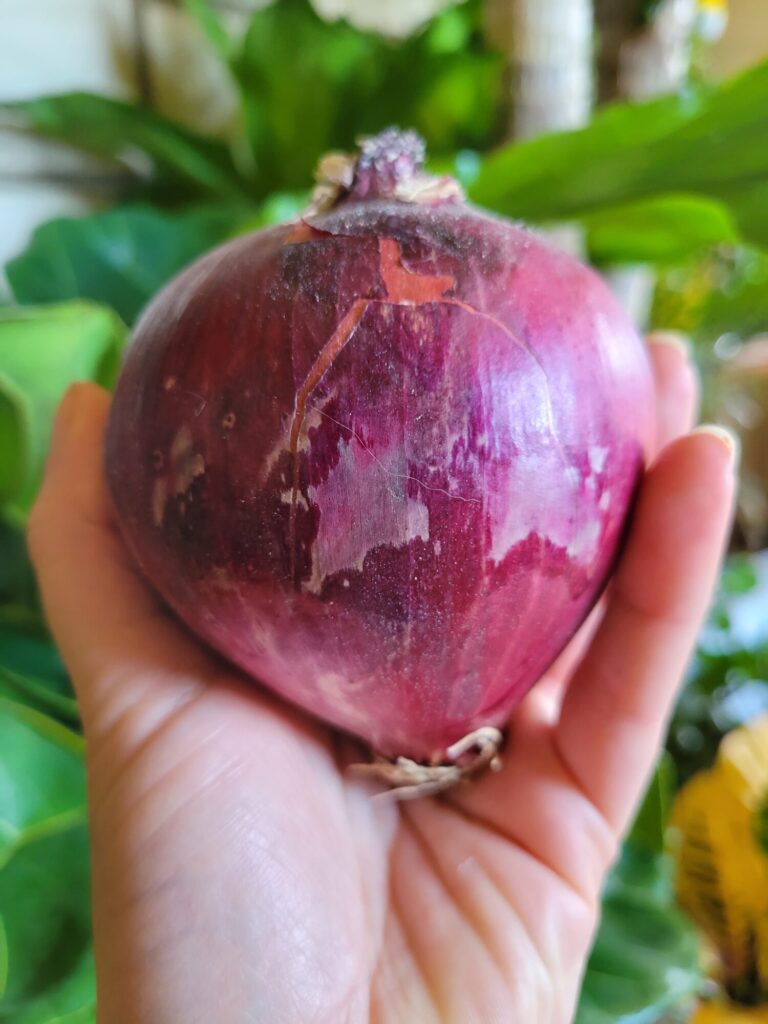
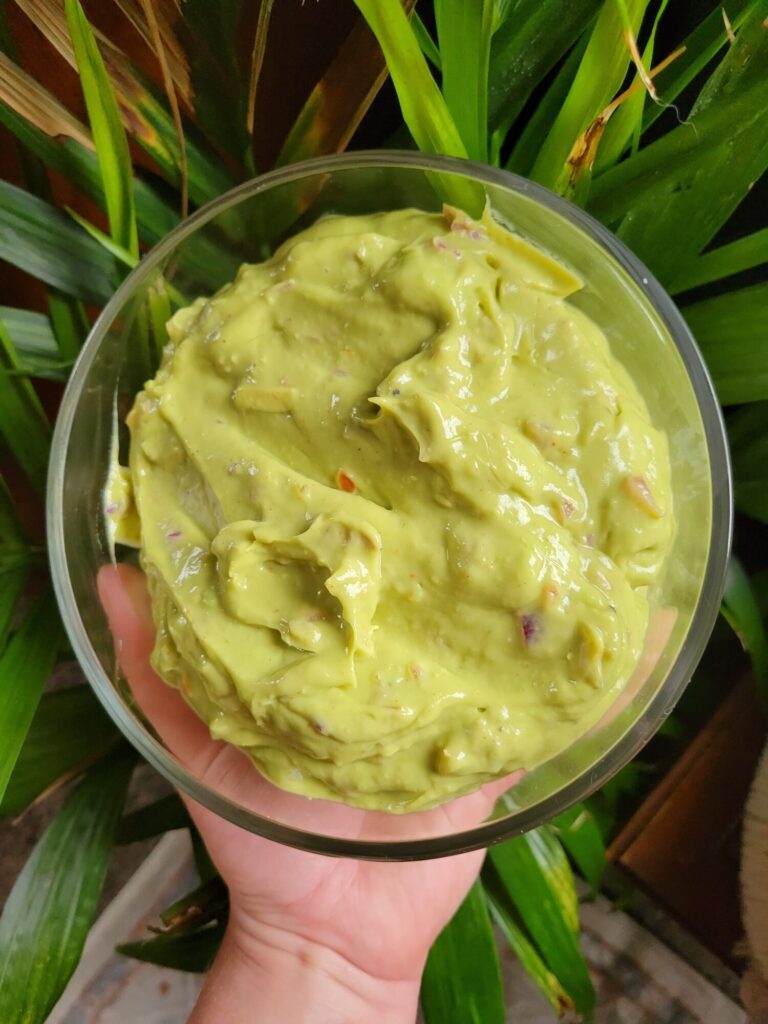
1. White Onions, Red Onions, & Yellow Onions
Virtually any kind of onion is substitutable. There are definitely differences in taste, texture, and potency. Although these differences aren't enough to prevent you from cooking something if you don't have the right kind of onion.
White, yellow, and sweet onions are virtually identical to an untrained pallet. I certainly would never fault anyone for making these produce substitutions in a dish and they're so similar that most people wouldn't notice at all. If one looks better than the other at the grocery store? I won't hesitate to get one over the other. In very few recipes will this make a noticeable difference at all. What's more important here is the preparation. Whether it's fresh or sautéed is more easily discernible than exactly what type of onion you used. Casual bloggers actually mislabel the type of onion that they're using here with quite the regularity.
Red onions do have a slightly different taste. Lighter colored onions tend to be slightly more pungent than their red counterparts. Red onions are a little bit more palatable raw and tend not to be sautéed as much in recipes. This is why you see them more often raw in something like a Salad or Guacamole. As opposed to something like a Spinach Pie or Chowder, which tend to be contain cooked yellow onions. Anything that I see too much yellow onion in, I'll sometimes swap for a red onion or just cut the onion down slightly. If you need 1 red onion, 1/2 to 3/4 of a white, yellow, or sweet onion will usually do.
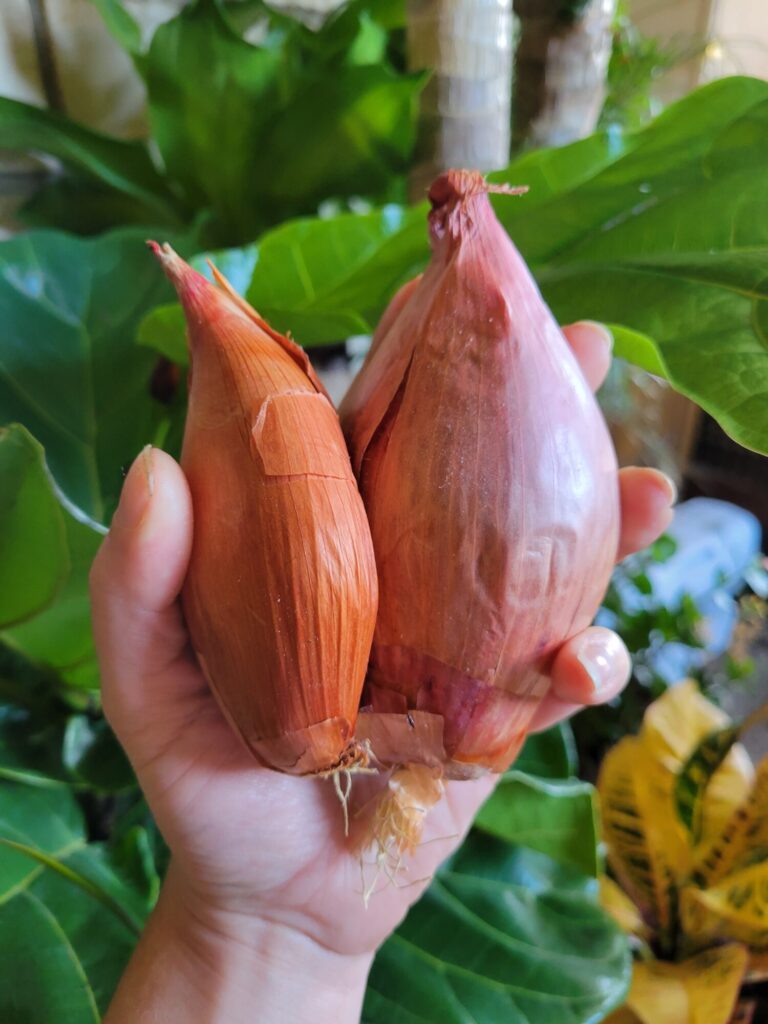
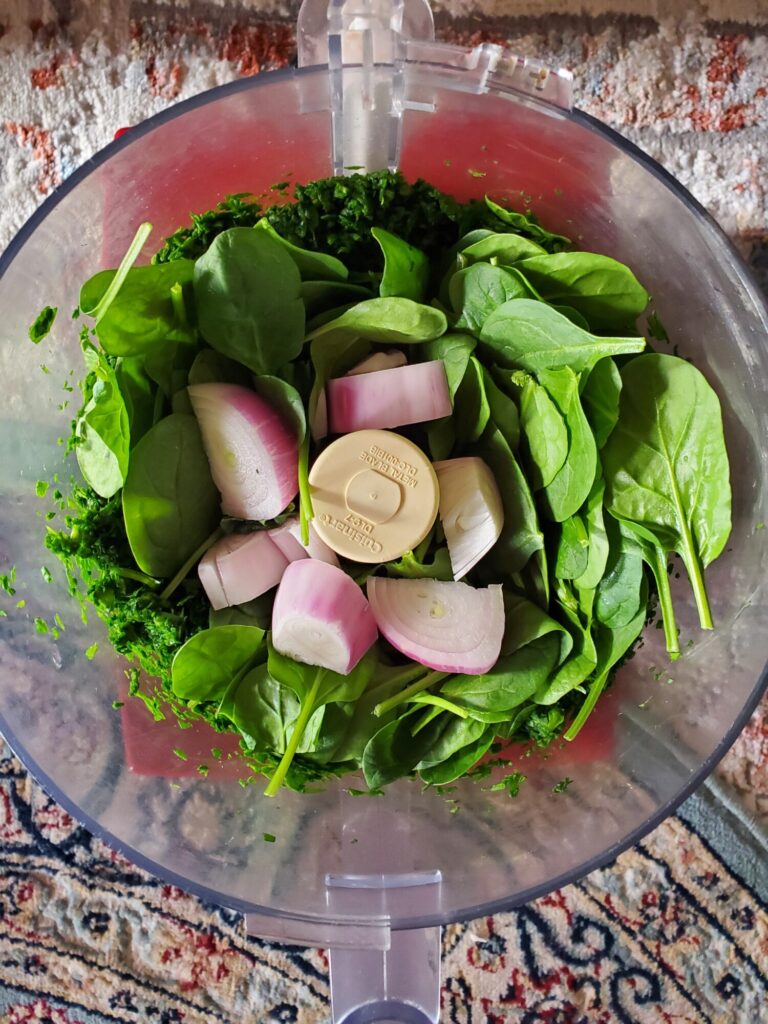
2. Onions, Shallots, Green Onions, Fennel, Leeks, and Celery
Shallots are another one of my favorite produce substitutions. I'm honestly not that big a fan of onions. I use them in a lot of recipes because they add essential flavors. But I'm certainly not one of those people who's biting into an onion like an apple! And I usually cut the amount of onions in half or even quarter for most of my recipes. I don't like crying with every slice of an onion. Which absolutely does not get better over time! And I just don't enjoy the flavor as much as other things.
Shallots on the other hand? They're the secret onion substitute that less people know about. Shallots are not in fact onions. A lot of people tend to think that shallots are merely underdeveloped onions. But this isn't true. They're in the same family, but an entirely distinct produce! They're about half the size, have a milder flavor, and are more like a cross between an onion and garlic. I will absolutely use them at any opportunity that I can and substitute them for more traditional onions all of the time.
Green Onions, fennel, leeks, and celery also work in a pinch as onion substitutes. Fennel is much more similar in flavor and works as a great substitute to mix things up. I would even wager to say that it has a more pungent flavor with licorice undertones. Celery is also a fun one because it gives you that similar crunch of onion, without the distinct flavor profile. Green onions and leeks also have a very similar, but diluted, flavor profile. They work particularly well in raw dishes or simply those that you don't want as strong an onion flavor in.
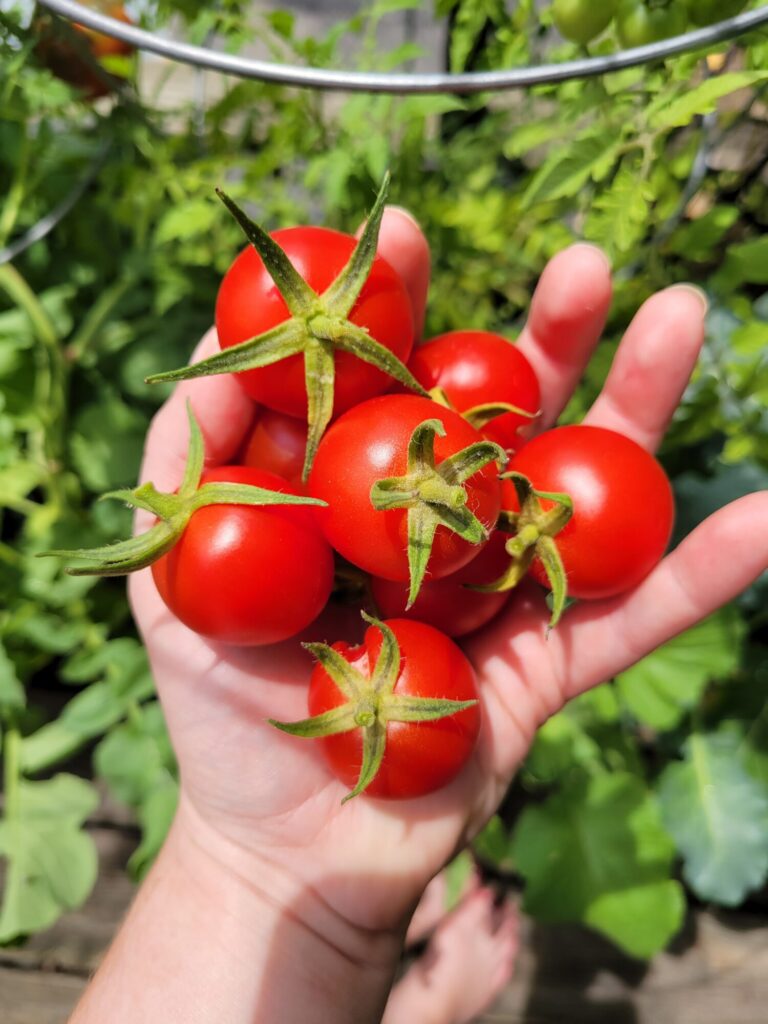
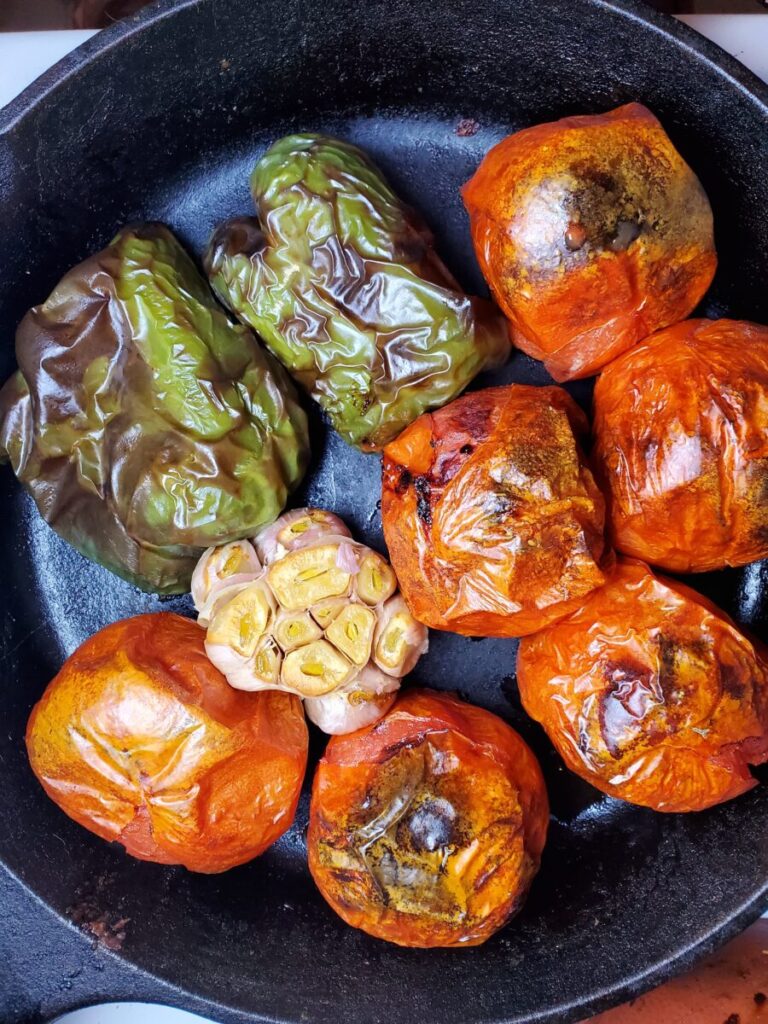
3. Tomatoes, Tomatillos, and Peppers
I use tomatoes in a lot of dishes. I sometimes run out, though! And this seems almost tragic. It's one of the ingredients that I buy in bulk and will sometimes run to the grocery specifically because I'm out of. But all is not necessarily lost without tomatoes! There are in fact some produce substitutions.
Tomatoes and tomatillos are an obvious swap. While not the same fruit, they are quite similar. Tomatillos oftentimes are better roasted because they have a thicker consistency. But, peel the skin off of a tomatillo, and it looks almost identical to a green tomato. They work incredibly well interchangeably in most recipes.
Tomatoes and peppers can often be used interchangeably. If you're out of tomatoes, but have peppers? Or out of peppers and have tomatoes? Tomatoes, tomatillos, and peppers can oftentimes be used interchangeably. I do this quite frequently with Salsa or Enchilada Sauce, adding more or less of each depending on what I have on hand or in the garden. A tomato-forward salsa is usually just as good as a pepper-based salsa.
Tomato and pepper substitutes work particularly well with bell peppers. Bell peppers are on the bulkier side of the pepper range and have a mild flavor. They also contain less liquid, which can be a problem with tomatoes at times watering down a recipe. Hotter peppers work in a pinch as well, though. Especially if you want a spicier blend. It will require more peppers to substitute for tomatoes in this case and the spice level will go up exponentially! But I do this on purpose quite a bit.
If you're going the other way and substituting tomatoes for tomatillos and peppers, they contain much more water within the fruit and oftentimes do well being drained or sautéed after dicing.
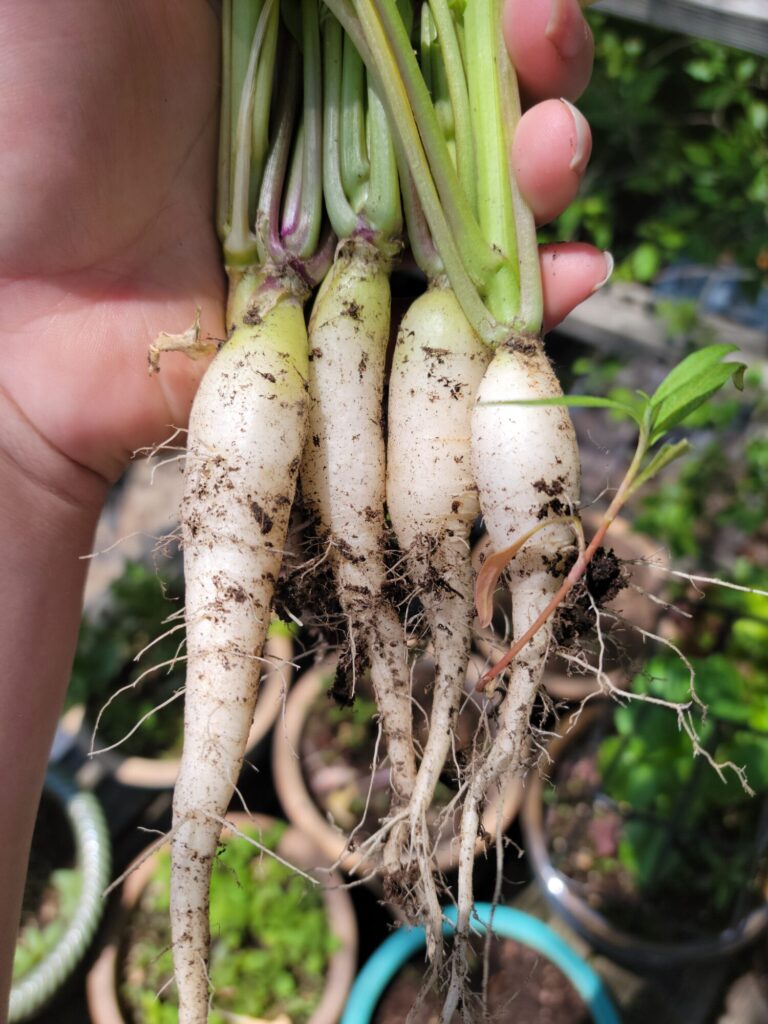

4. Carrots, Bell Peppers, Tomatoes, Radish, Celery, Cucumbers, & Kohlrabi
There are a lot of produce that can be substituted for one another in a plethora of recipes. Carrots can be particularly fun to swap out. I'm a big fan of carrots. But I oftentimes pop them in the bottom of my refrigerator in the produce drawer and forget about them. So, finding wilting carrots only acceptable for stew is an all-too common occurrence! There are a number of things that you can substitute for carrots in a pinch, though, that might more obviously be in your produce. It just depends on whether you're substituting the sweetness or the
Mixed into things? Very little is noticeable about carrots other than the sweetness and the color. While the bright orange color is not as important in most cooking situations, technically turmeric or any curry blend with turmeric in it will turn absolutely anything and everything just as bright orange.
More practically, carrots are very sweet. Cooked or sautéed into a dish they release a lot of natural sugar. This balances out many savory and/or spicy dishes and is an integral part of a lot of recipes. However, if you are out of carrots, bell peppers and tomatoes make a good substitute. Fresh bell peppers even have a similar crunch and color, albeit not quite as strong.
Texturally speaking, carrots are also a rather crisp produce. Particularly when fresh, good substitutes for this crunch include radish, celery, cucumber, and kohlrabi. Really any produce with that distinct bite to them do well as a substitute.


5. Zucchini, Yellow Crookneck Squash, & Other Summer Squash
Summer squash and zucchini varieties are all quite similar in both taste and texture. From green zucchini to yellow zucchini and yellow squash to pattypan squash? These are largely interchangeable. I predominantly use them raw in salads or lightly cooked in something like Nachos.
Zucchini is an easy substitute in most recipes. I even found a Bengali squash at one of my local supermarkets that works quite well in this department of summer squash as well. I used it to make Curry. However, even these though these types of squash might not look the same and the size and shape can differ drastically. However, most summer squash can be sized up or down to accommodate what you need. Regardless of whether they're fresh or cooked into a dish, all of these soft squash varieties with edible seeds are really quite similar and can be swapped out for one another without too much fuss.
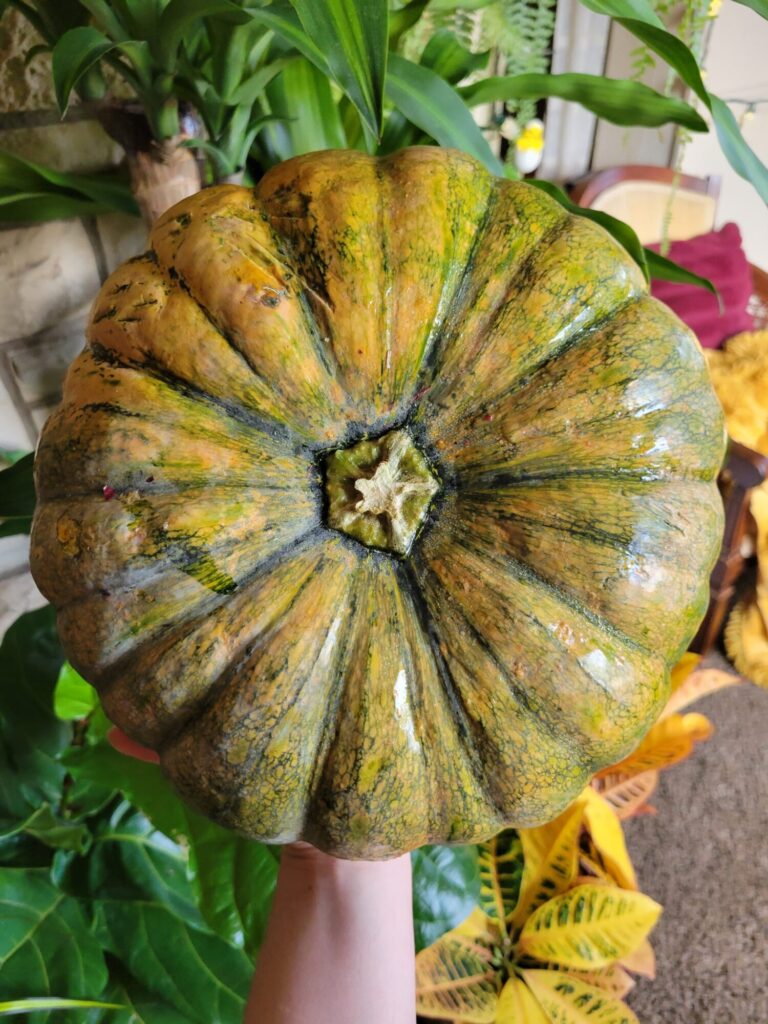

6. Pie Pumpkins, Butternut Squash, Calabaza Squash, & Other Winter Gourds
Winter gourds are also easily interchangeable. Pie pumpkins can only be found in the fall, so a pumpkin recipe any other time of the year needs a substitute! My favorite is butternut squash, which is readily available year-round and quite similar in both taste and texture. Some fun substitutes are also calabaza squash and kabocha squash. These tend to be more difficult to find and calabaza are significantly larger! Although they all do have a richer taste and do well being puréed and/or cooked into soups and stews.
Similarly the seeds of most edible gourds are quite similar to roast. Just adjust the cooking time based on size.
Spaghetti squash is kind of a caveat to this. There are three main types of squash that I like to differentiate between: summer squash, like zucchini, stringier winter squash, like spaghetti, and denser winter gourds, like pie pumpkins. Spaghetti squash distinct from other types of winter squash that I have already outlined here. This is. because it's often kept in its stringy form, heated, and tossed with a sauce for a gluten-free or carb-free "spaghetti." For produce substitutions like this, most produce that can go through a spiralizer works fairly well. Cucumbers, carrots, and beets are good in this respect. Even shredded cabbage will do in a pinch. These may be more in the salad territory than true pasta, but we are just splitting hairs at that point. For an entirely produce-driven pasta, most crisp produce that vaguely resembles that tubular shape works in a pinch.

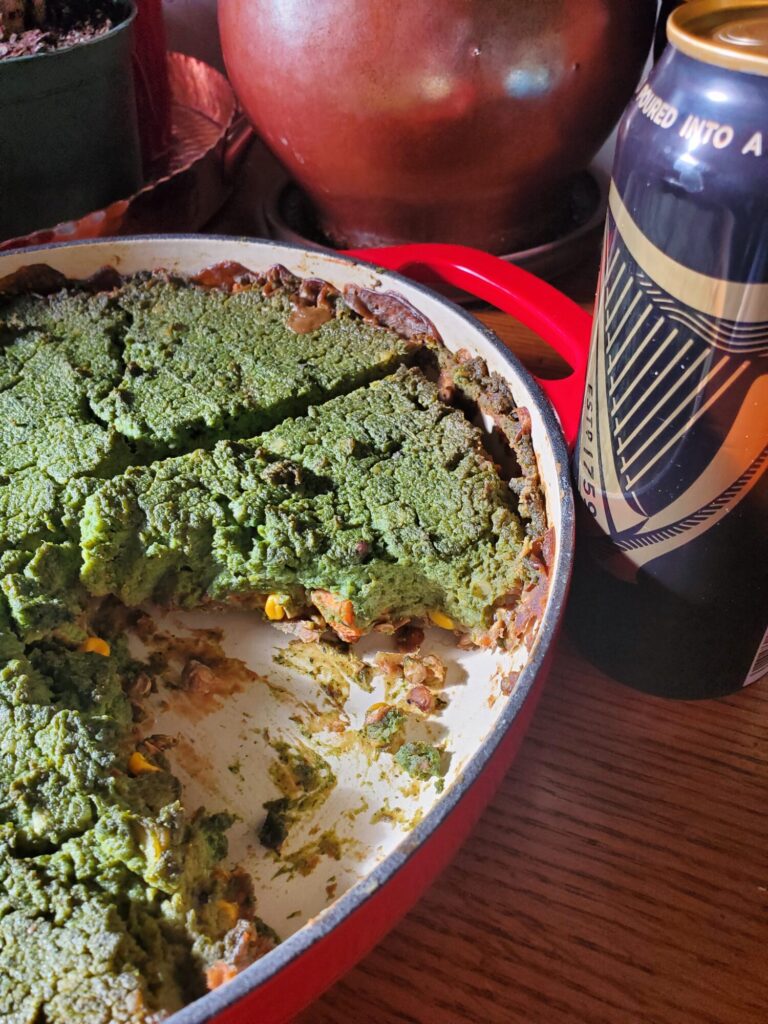
7. Potatoes, Sweet Potatoes, Squash, & Carrots
Potatoes are particular starch-laden. So, swapping them out can be a bit tricky if you need them for texture. Although there are some things that do particularly well for produce substitutions in a pinch. I'm often substituting sweet potatoes for most types of potatoes, like russet or yukon gold potatoes. They do mash and, while a little stringier, mix well in a food processor.
In less texturally-specific contexts, like with fries or in soups, stews, and curries, most types of squash, carrots, beets, turnips, and cauliflower work particularly well. For most of these recipes where you're just looking for something somewhat creamy to bite into or fried and a little bit crisp with a softer inside? There's a plethora of produce that can replace potatoes. I've even been known to use sweet potatoes as the "crust" for Quiche and mix in spinach with mashed potatoes to turn them a festive green color for Shepherd's Pie.
Alternatively, adding heavy whipping cream, flour, corn starch, or even just simmering down a dish can help replace potatoes when they're used as a thickening agent.
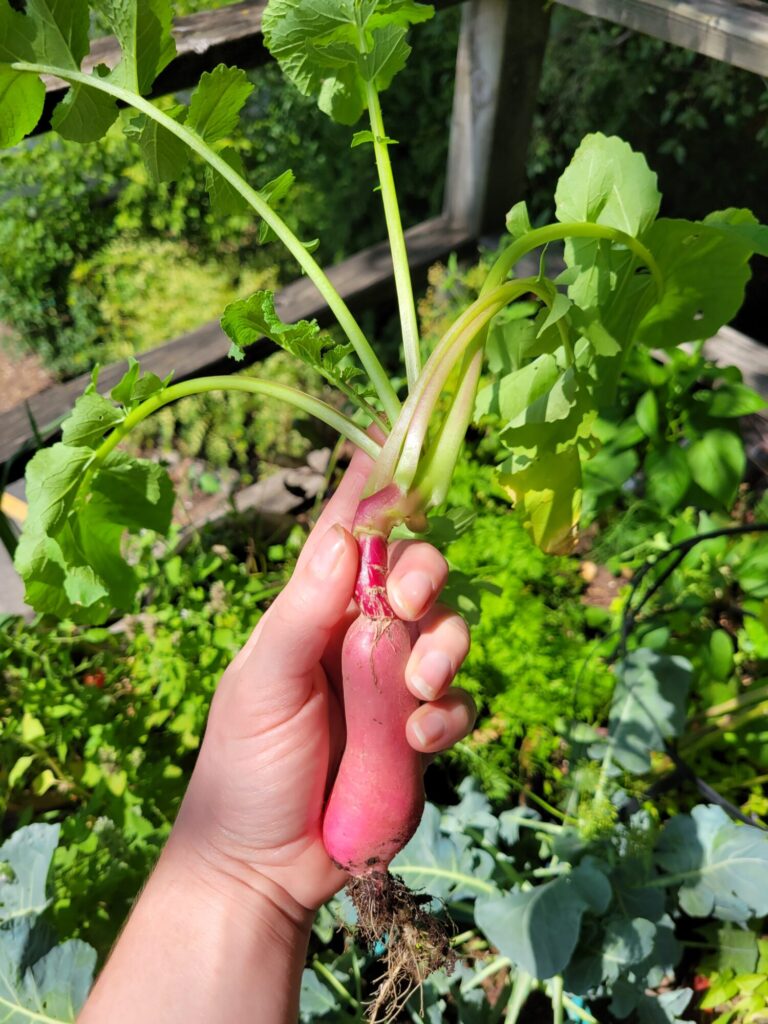
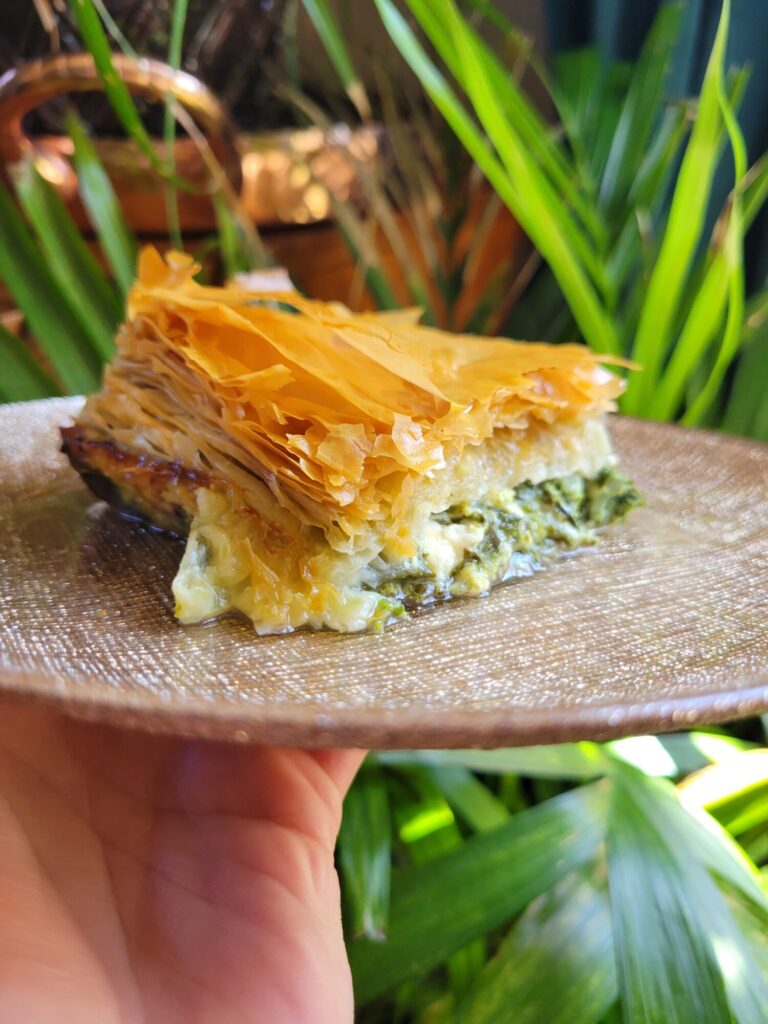
8. Iceberg Lettuce, Spinach, Radish Leaves, & Other Leafy Greens
Lettuce is one of those things that we forget comes in other varieties. Iceberg. Romaine. Spinach. Maybe some arugula? There are other leafy greens out there! It's surprisingly one of the easier produce substitutions that we often don't think about.
A lot of produce that we tend to grow and buy in the grocery store with the greens still attached are edible and work perfectly fine as lettuce substitutes. The leaves of radish, carrots, celery, beets, and turnips are both delicious and edible. Most of them vaguely taste like spinach and are likely sitting in the bottom of your produce drawer destined for the trash can.
Even a multitude of weeds that are commonly right outside the door are edible. "Weeds" are simply any plant that we didn't intend to grow. They aren't inherently bad or even invasive. They just weren't something that you intended on being there! The leaves of dandelions, several types of sorrel, lamb's quarters, and violets are edible. A periphery Google search can help in identify species, whether they're or not they're edible, and how to prepare them. There are also vast swaths of the internet dedicated to foraging practices with tips and tricks for how to find these free produce.
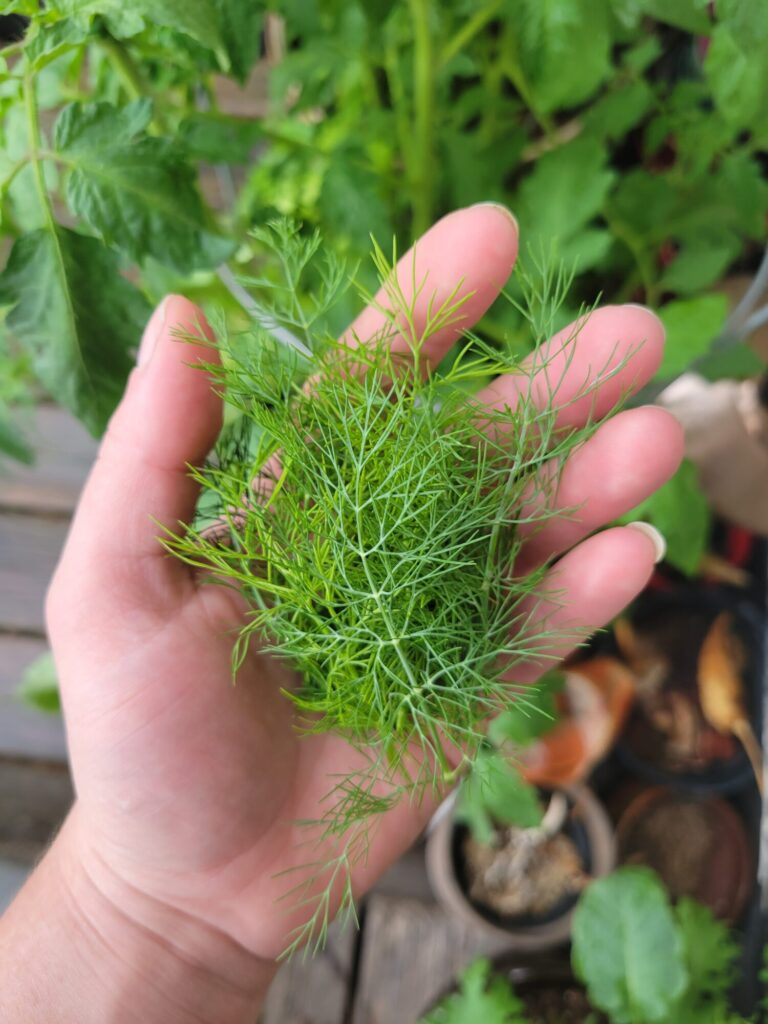
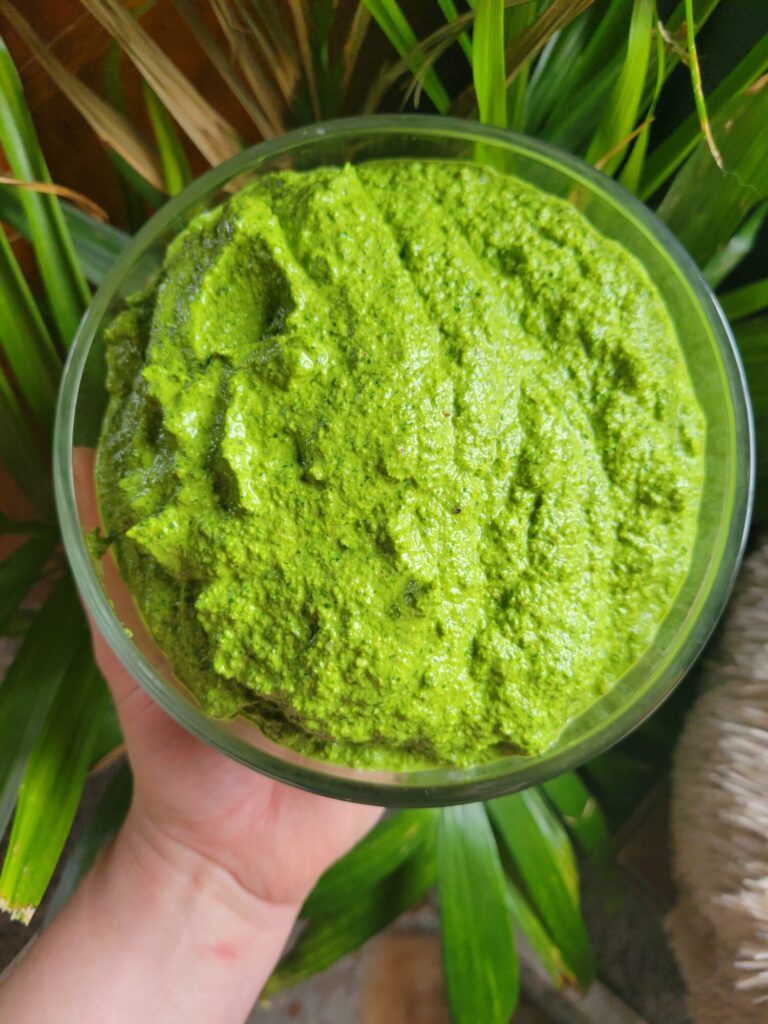
9. Basil, Cilantro, Dill, & Other Herbs
I don't cook a lot with herbs. I'm actually allergic to the vast majority of them. I'm not deathly so, but a hefty amount of basil or cilantro anywhere near me will cause me to break out in hives! If I eat it, I'll feel that oh-so-common tongue tingling and eventually my entire face will swell up. So, just because I can't eat it, you won't often see me recommending them in recipes! Although I do far better with less pungent herbs, like dill. And with things like fennel, which is more closely related to carrots than basil.
Nevertheless, a lot of herbs can be used interchangeably for one another. I cook a lot with basil, cilantro, and oregano at work (typically with someone else starting the process or very well gloved and at a safe distance). A lot of herbs have a similar flavor profile that are often used in tandem or can be swapped out for one another.
I also make a lot of produce substitutions in recipes that I wouldn't ordinarily eat at home. Oftentimes dill, fennel, spinach, arugula, and other leafy greens work incredibly well in place of herbs. I make a lot of things like Dill & Walnut Dip and Spinach & Greek Yogurt Pesto that would ordinarily call for basil, cilantro, or other ingredients that I can't eat.
Another way not to sacrifice flavor when you don't have particular herbs on hand is to balance out the taste with another strong flavor. I cook with a lot of hot peppers as a substitute. Adding in habaneros or ghost peppers to a dish oftentimes overshadows the fact that you don't have basil!
Additional spices also help balance out the flavor of herbs. If you have dried spices, adding a hefty amount works in a pinch. They won't have as robust a flavor, but we employ these kinds of cooking methods all of the time. Ginger, chili peppers, and oregano are commonly available in most grocery stores in the United States. But, the powdered varieties can almost always be found in the deep, dark recesses of your pantry.
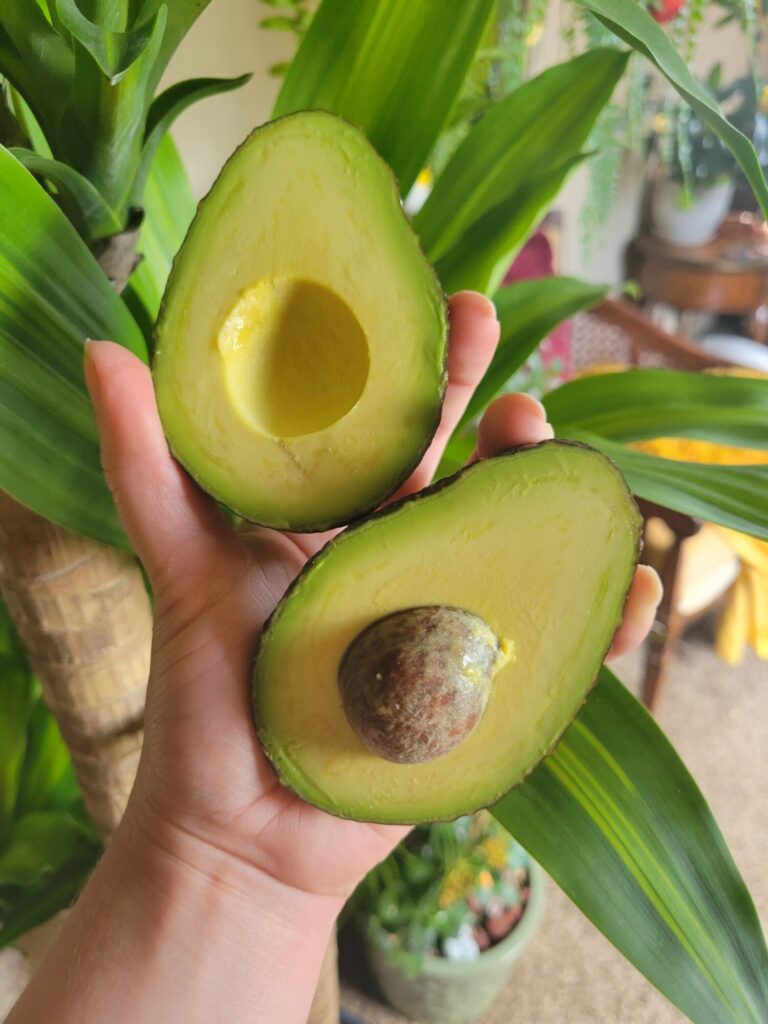
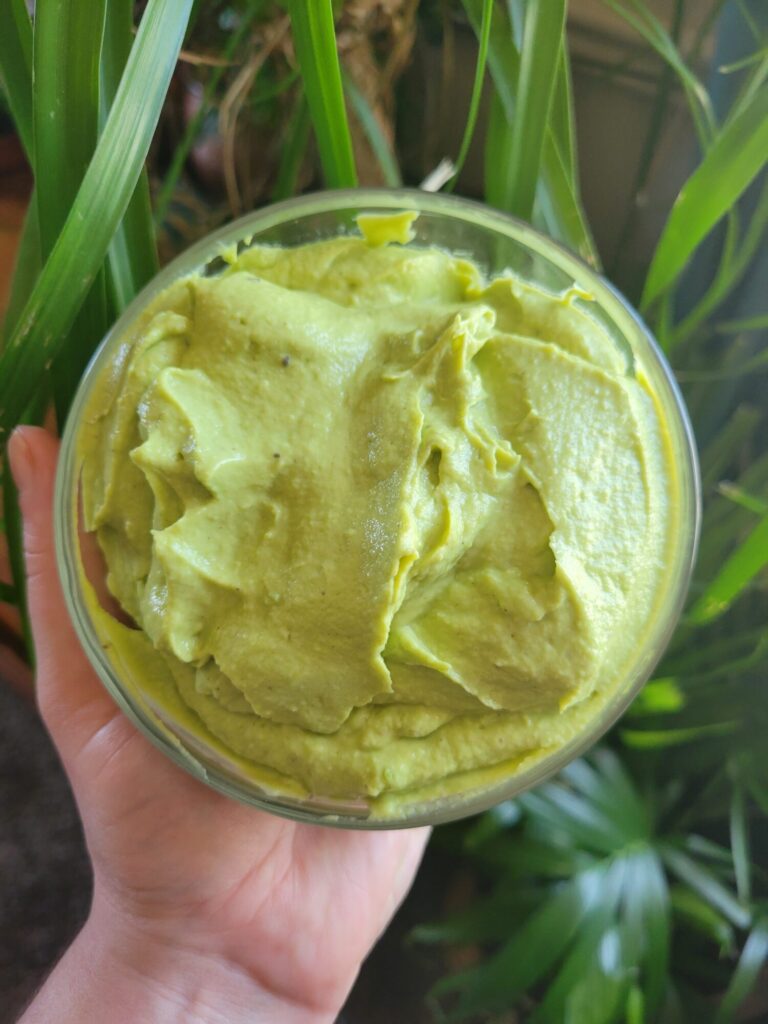
10. Avocados, Mangos, Raspberries, & Other Fruit
Now, I told you earlier in this post that maybe swapping out avocados wasn't a good idea! But it has stuck with me and I do have some suggestions for, if you want to make something with avocados and absolutely do not have any that are ripe at the time. Avocados are incredibly frustrating to keep fresh and ripe around! They take days to ripen and then, when they do, have about a 24 hour period where they're edible! Before they begin to brown and spoil and you've entirely missed your opportunity to eat a fresh avocado.
What you're substituting here depends entirely on the dish. However, mangos, raspberries, and other fruit work incredibly well as avocado substitutes in guacamole. These make more of fruit salsas and you can keep them in chunks and serve them that way. Otherwise, puréeing them is an equally delicious option that resembles more of a guacamole.
If you're just short on avocados and don't have as many as you need? Adding in Greek yogurt or sour cream to make them spread a little bit more works as well. I make a great Avocado Dip that mixes in half avocados and half Greek yogurt for a kind of mix between guacamole and hummus.
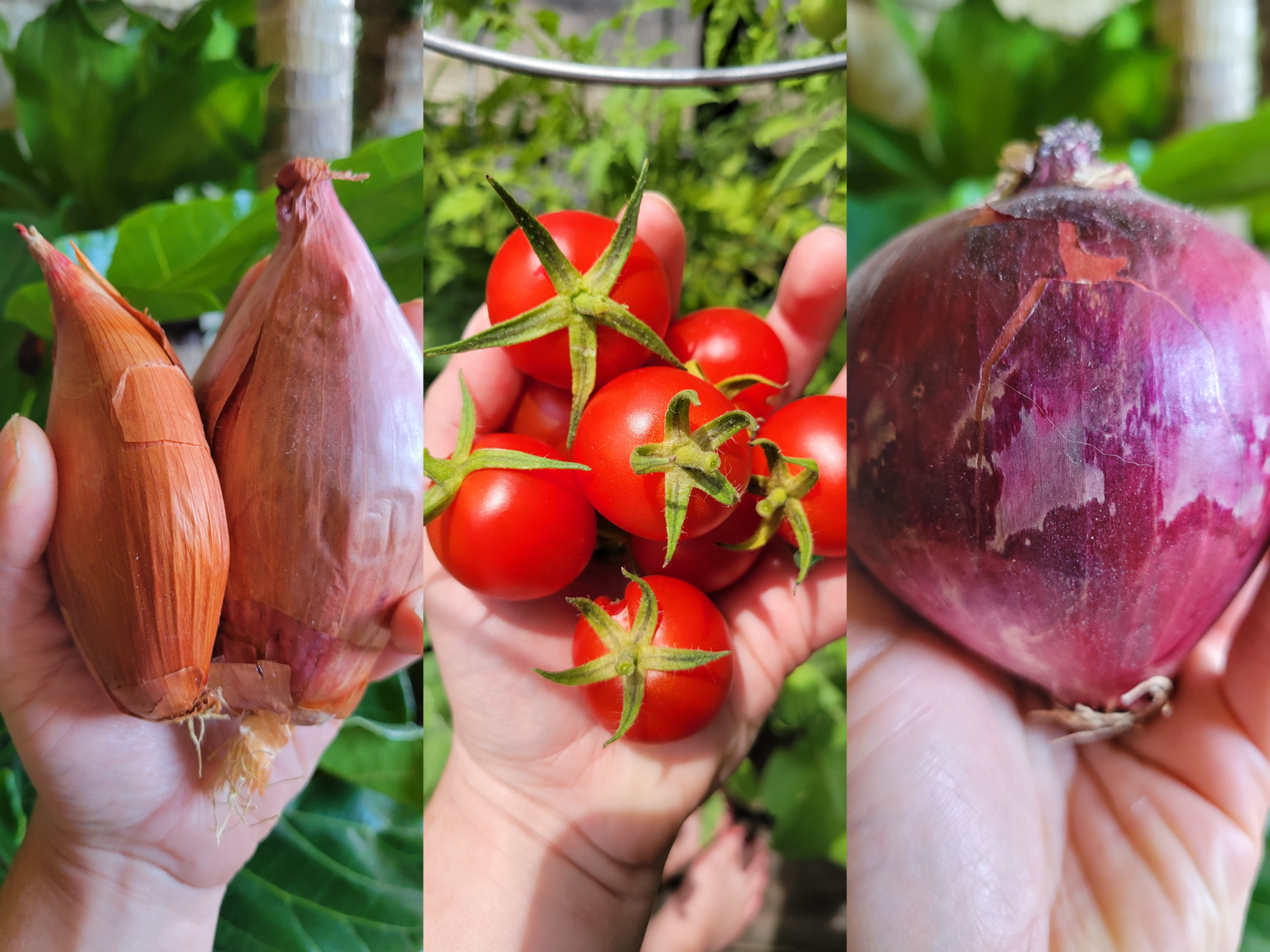


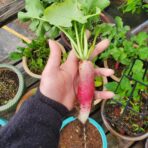


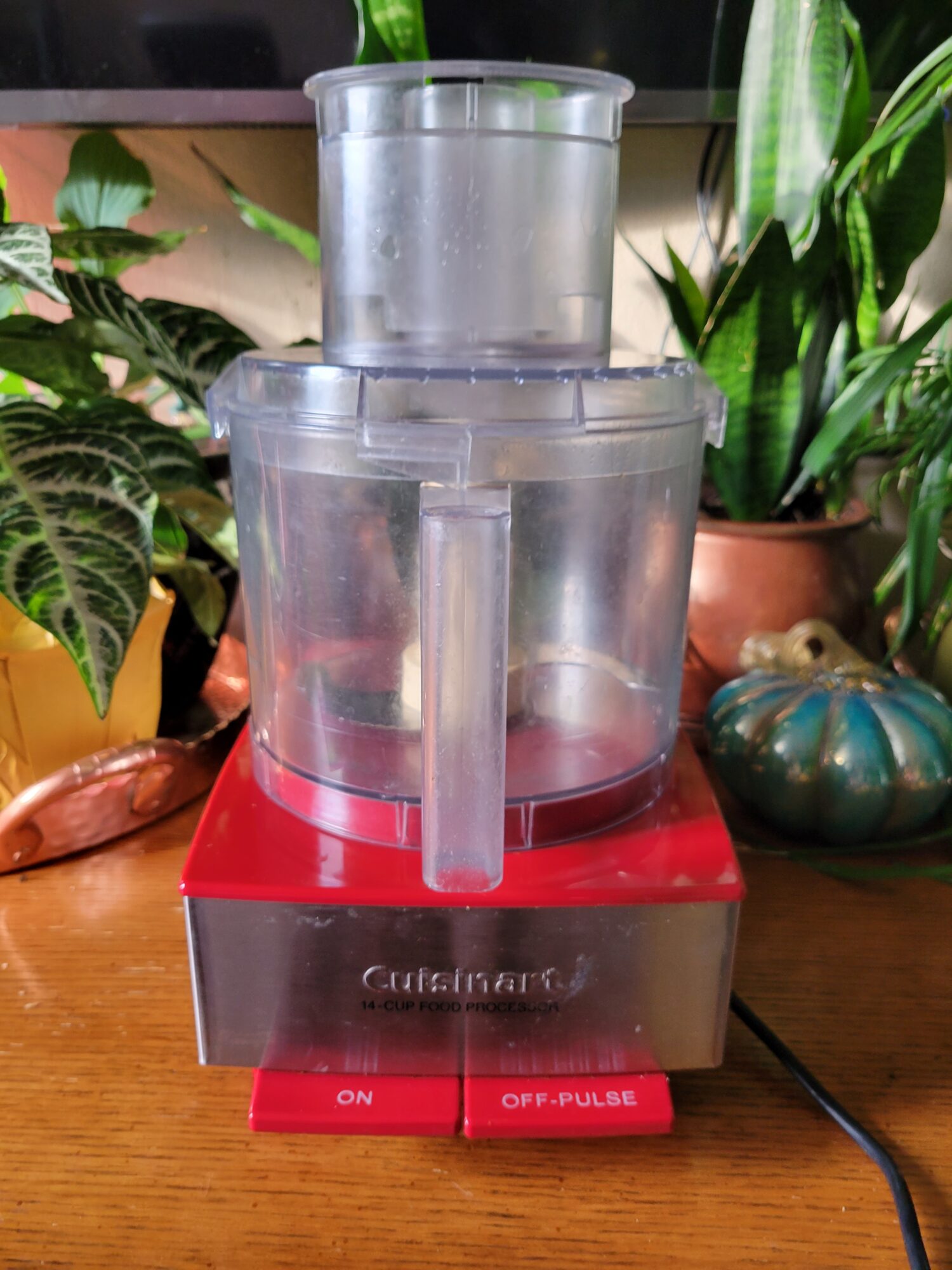
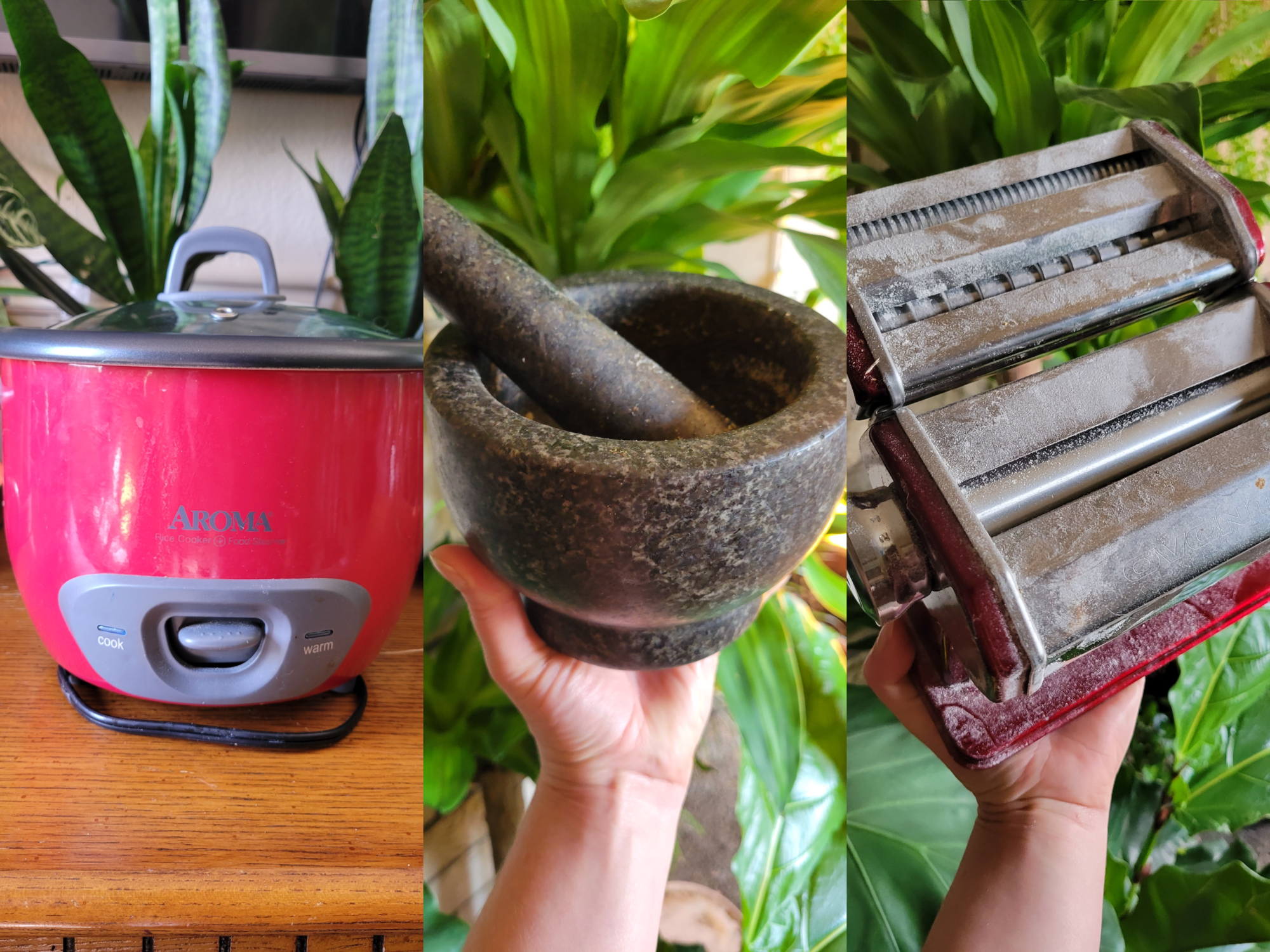
Leave a Reply